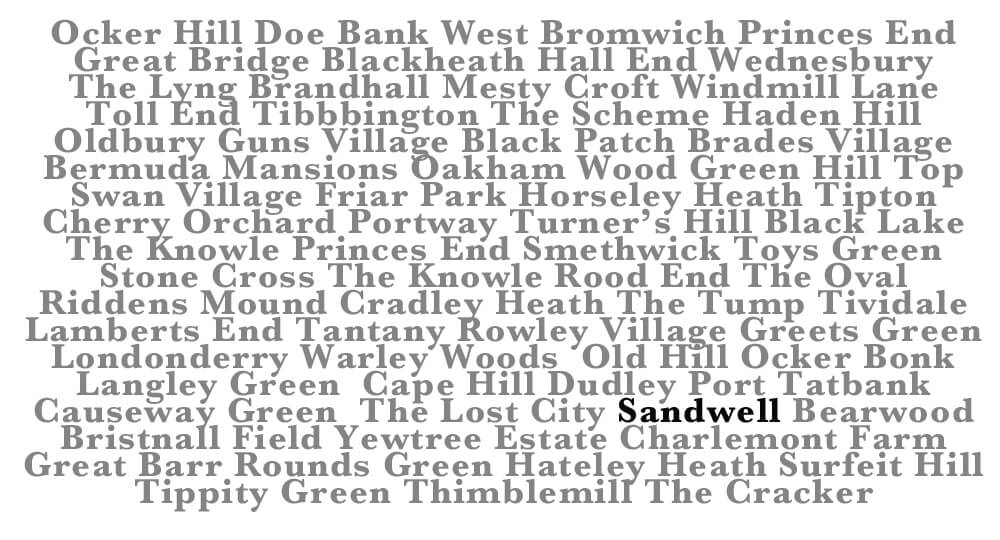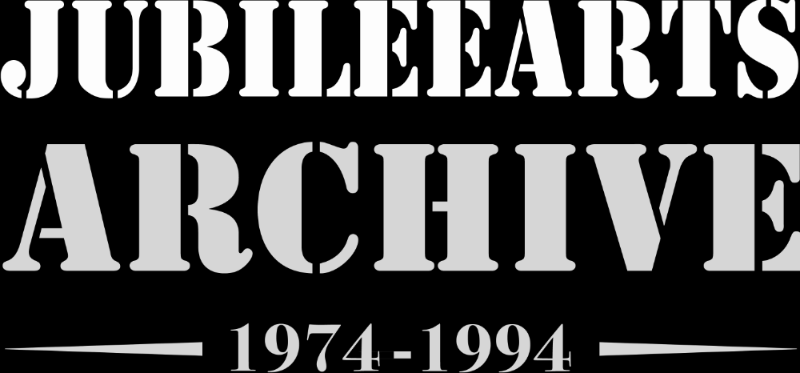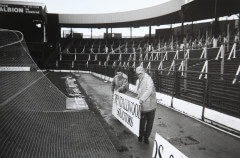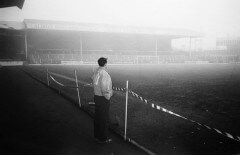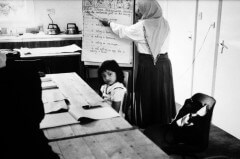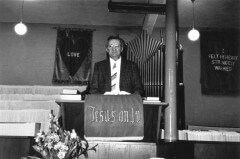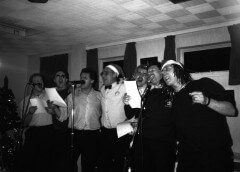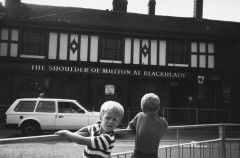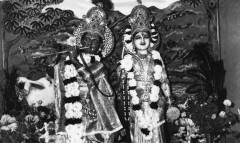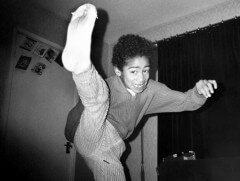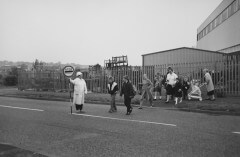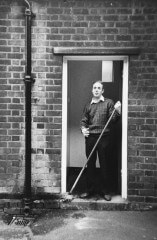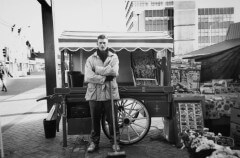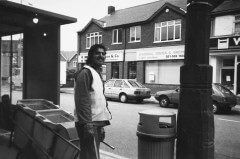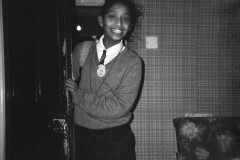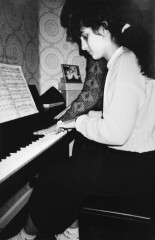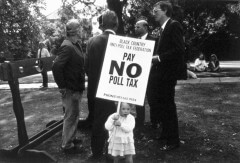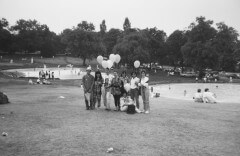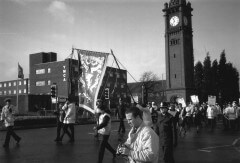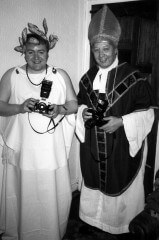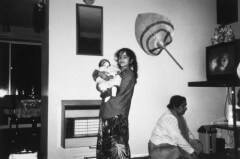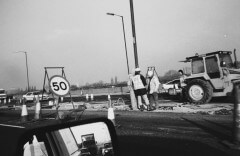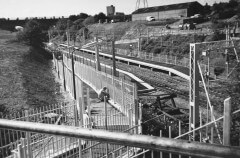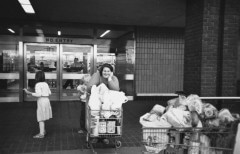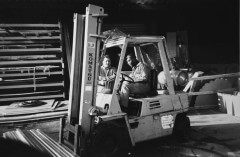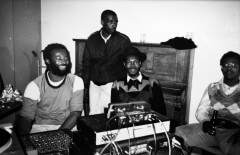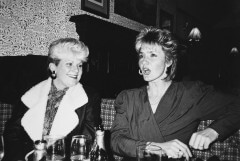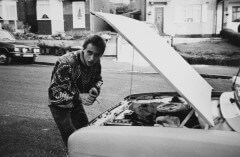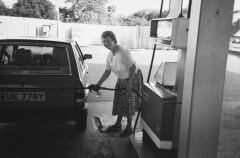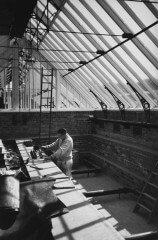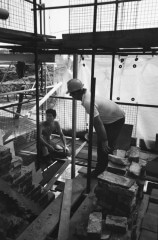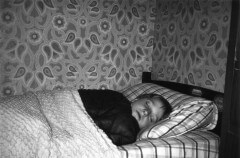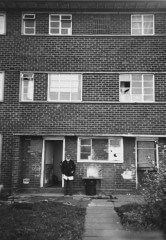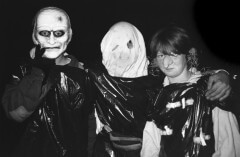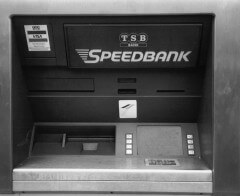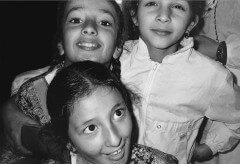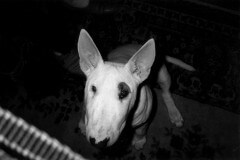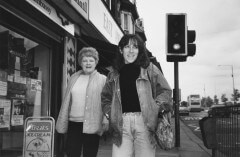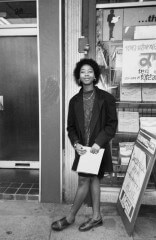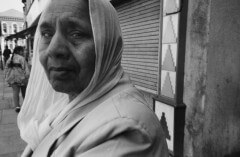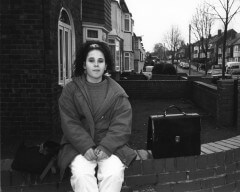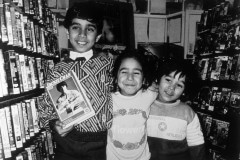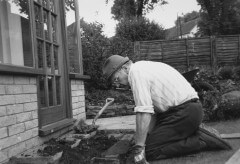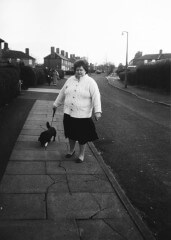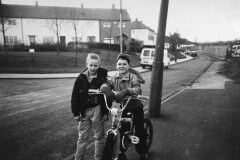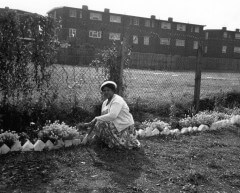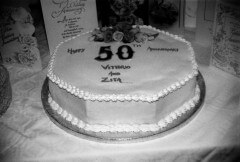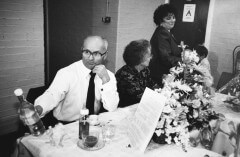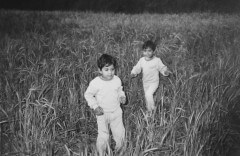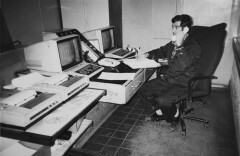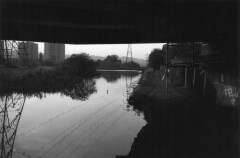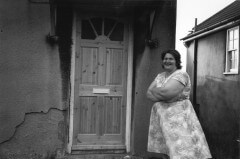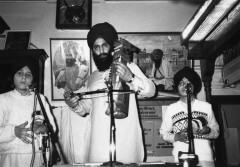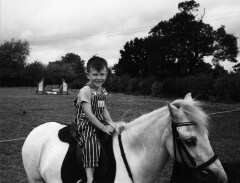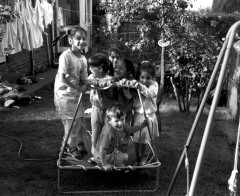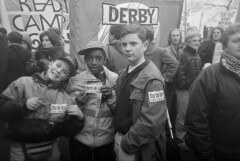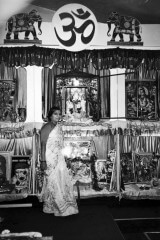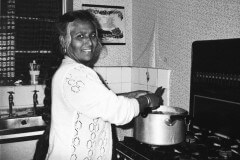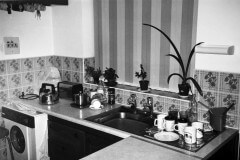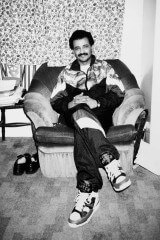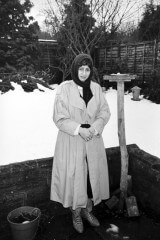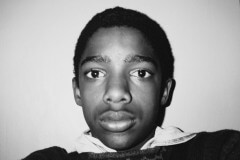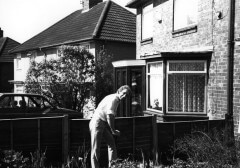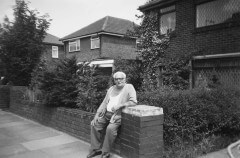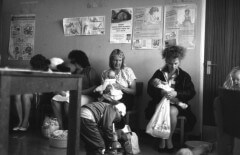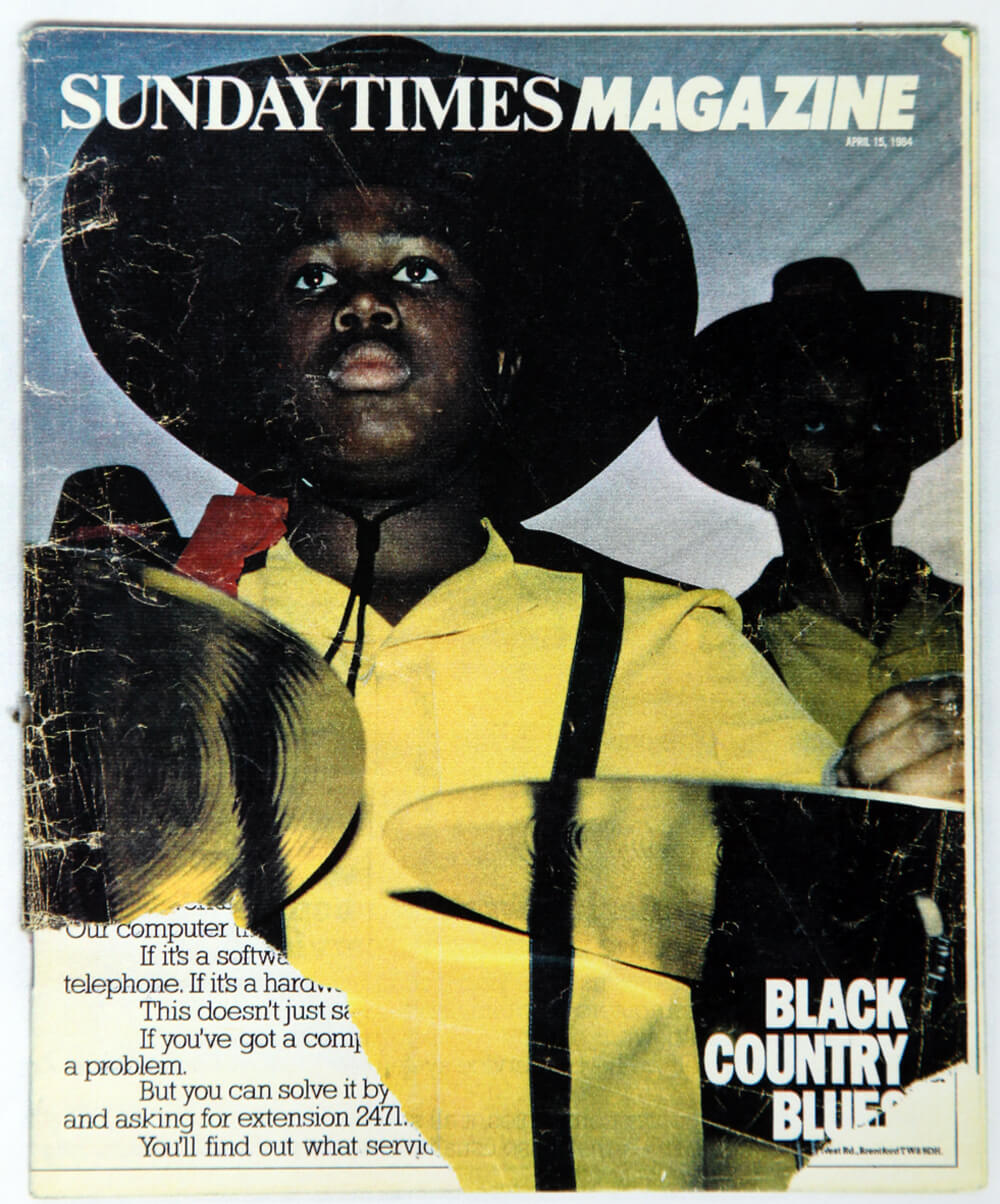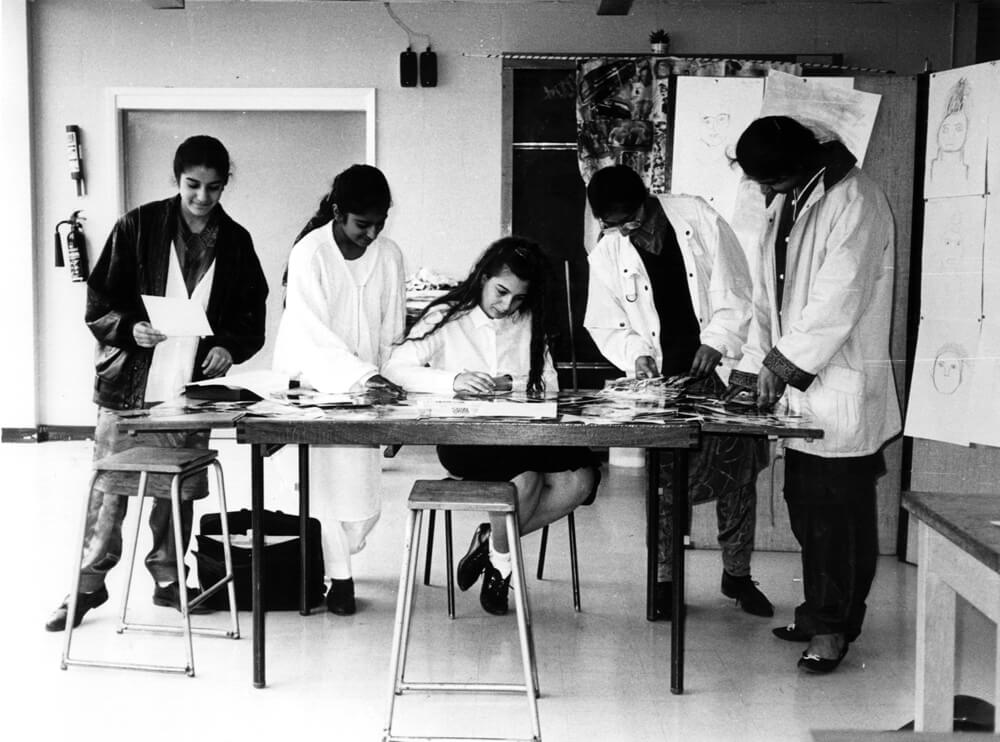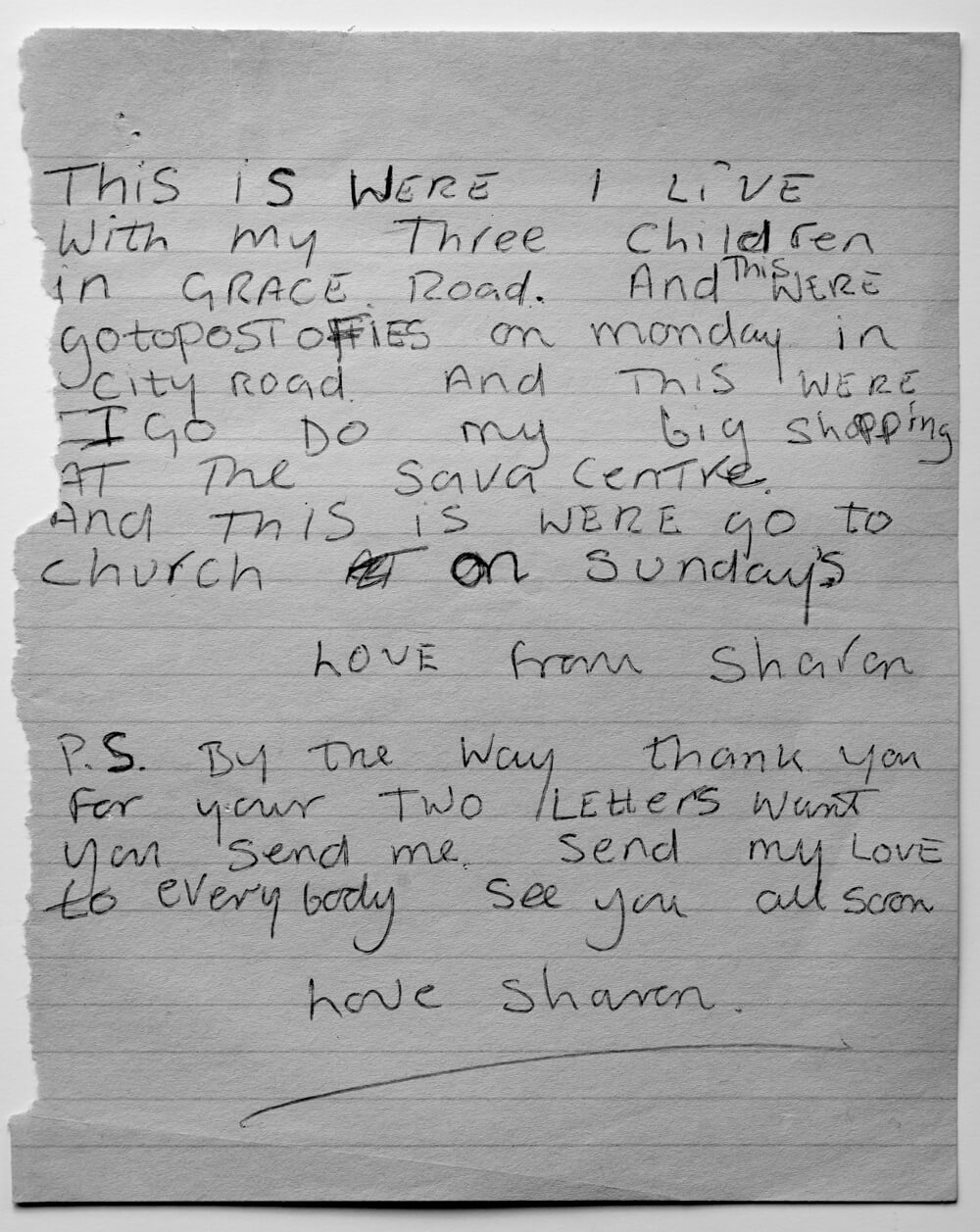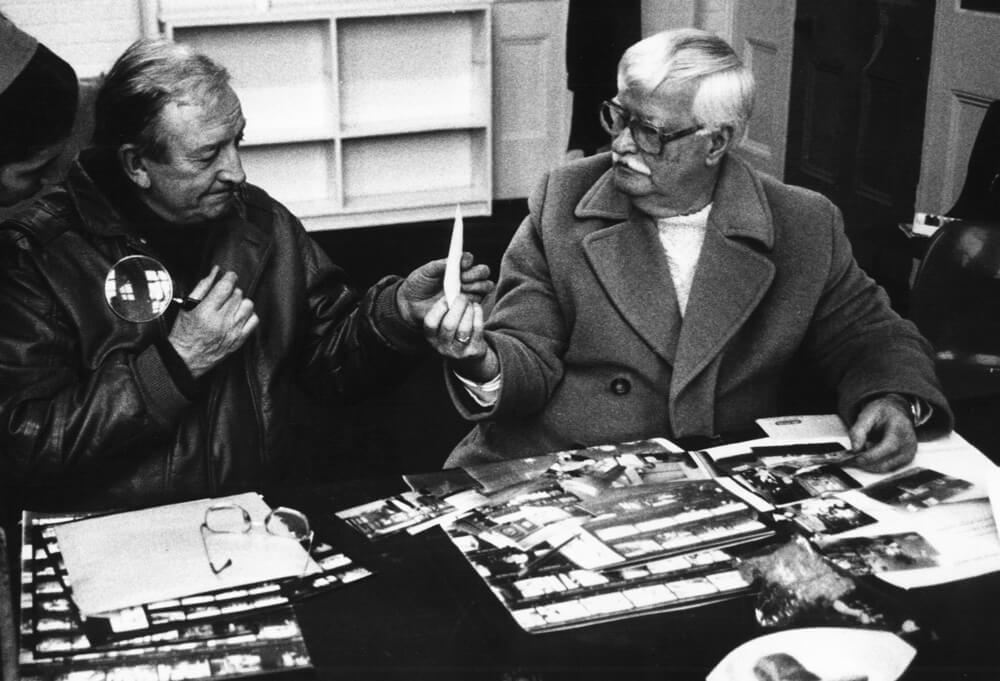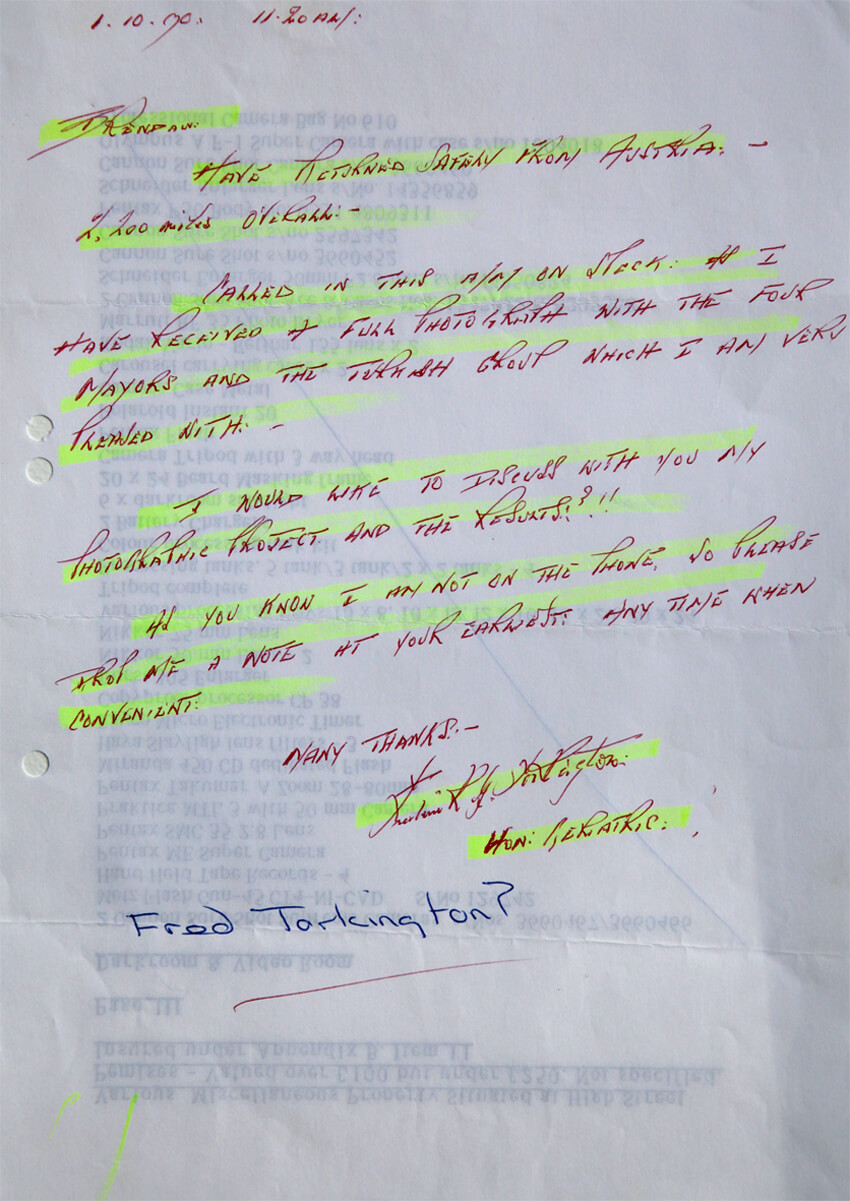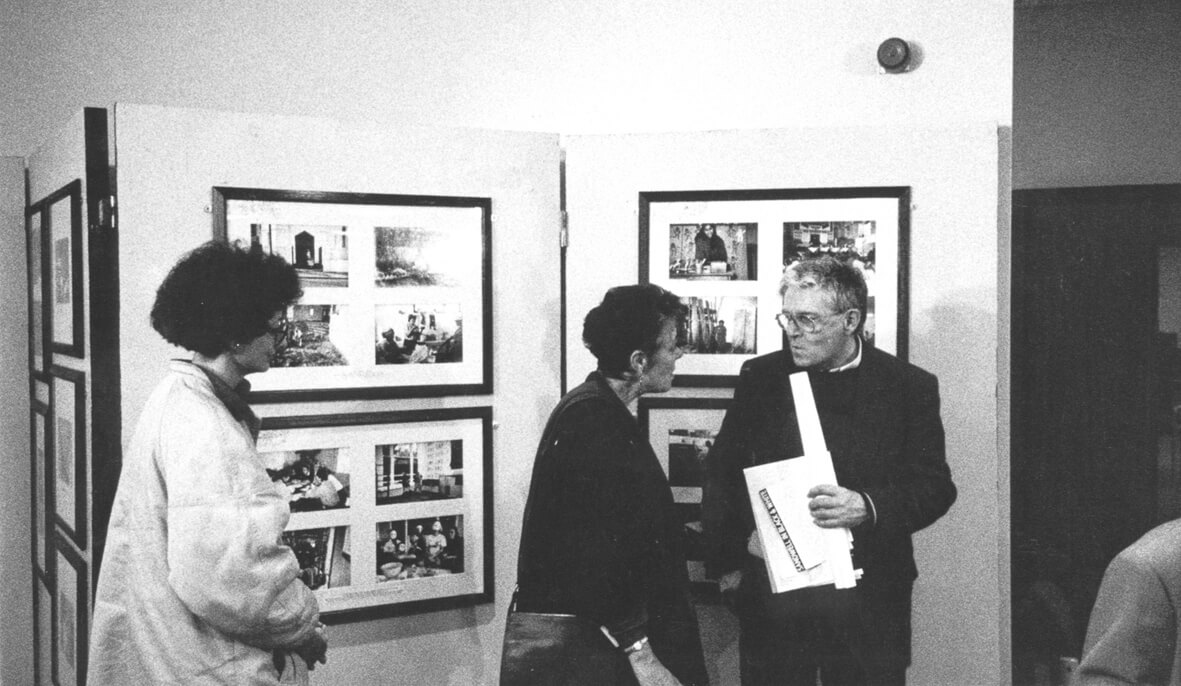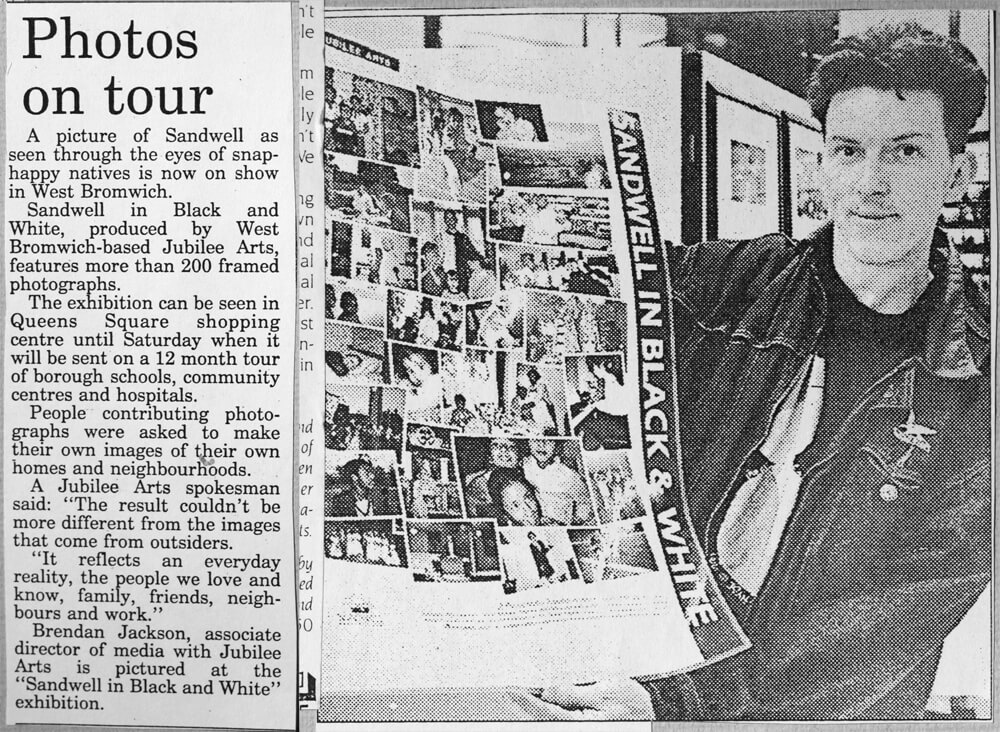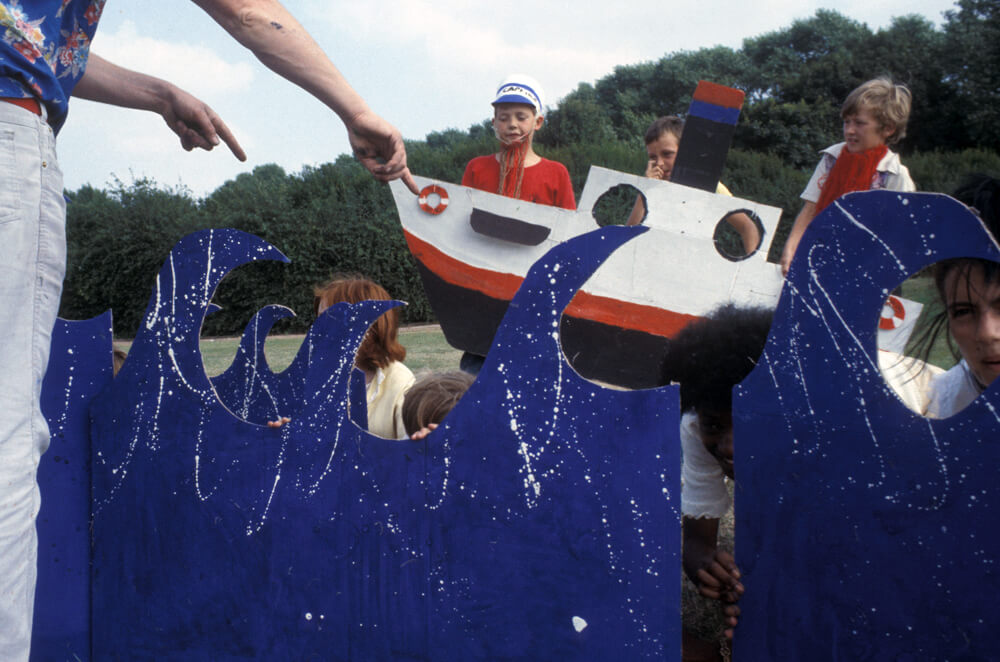‘Nearly all the images of where people live come to them from the outside: when people see their community in the media, they see pictures of poverty and helplessness, or they see official brochures, which are just as false. These show ideal people in an unrecognisable glossy setting, designed to attract industry: happy shoppers in perpetual sunshine, cosy old folk knitting in serene and leafy old people’s homes, smiling workers in a factory without smell or pollution. The result is that images of Sandwell (or Walsall or Leeds or Glasgow) make it look either like Calcutta or California; a distorted view that has nothing to do with the people who actually live there.’
Jeremy Seabrook, introductory text to the exhibition.
With the vast reach of contemporary social networking sites and hand held technologies designed to capture and record, the above statement may not be as true as it once was, though we still suffer from distorted views propagated across the media waves. This project invited local people, random strangers, over a 12 month period, to loan a camera for a week and with several rolls of black & white film at their disposal, they were asked to record their daily life as they saw fit. In return they received a set of prints, and had the final say over what image would be selected for inclusion in the exhibition. The only editorial control exercised was that the participants would be a reasonable representation of the diversity of people in the borough, men and women, children and adults. With over sixty participants from 9 to 87 years old, it began with an ambulance man on strike, who was organising innovative alternative service with his trade union to provide emergency cover for the public. It ended with a sixteen year old on an anti-war demonstration (the first Gulf War was about to begin). It included along the way the groundskeepers of West Bromwich Albion, an infant teacher, a librarian, a martial arts instructor, a hairdresser, a guitarist, a fireman and many others.
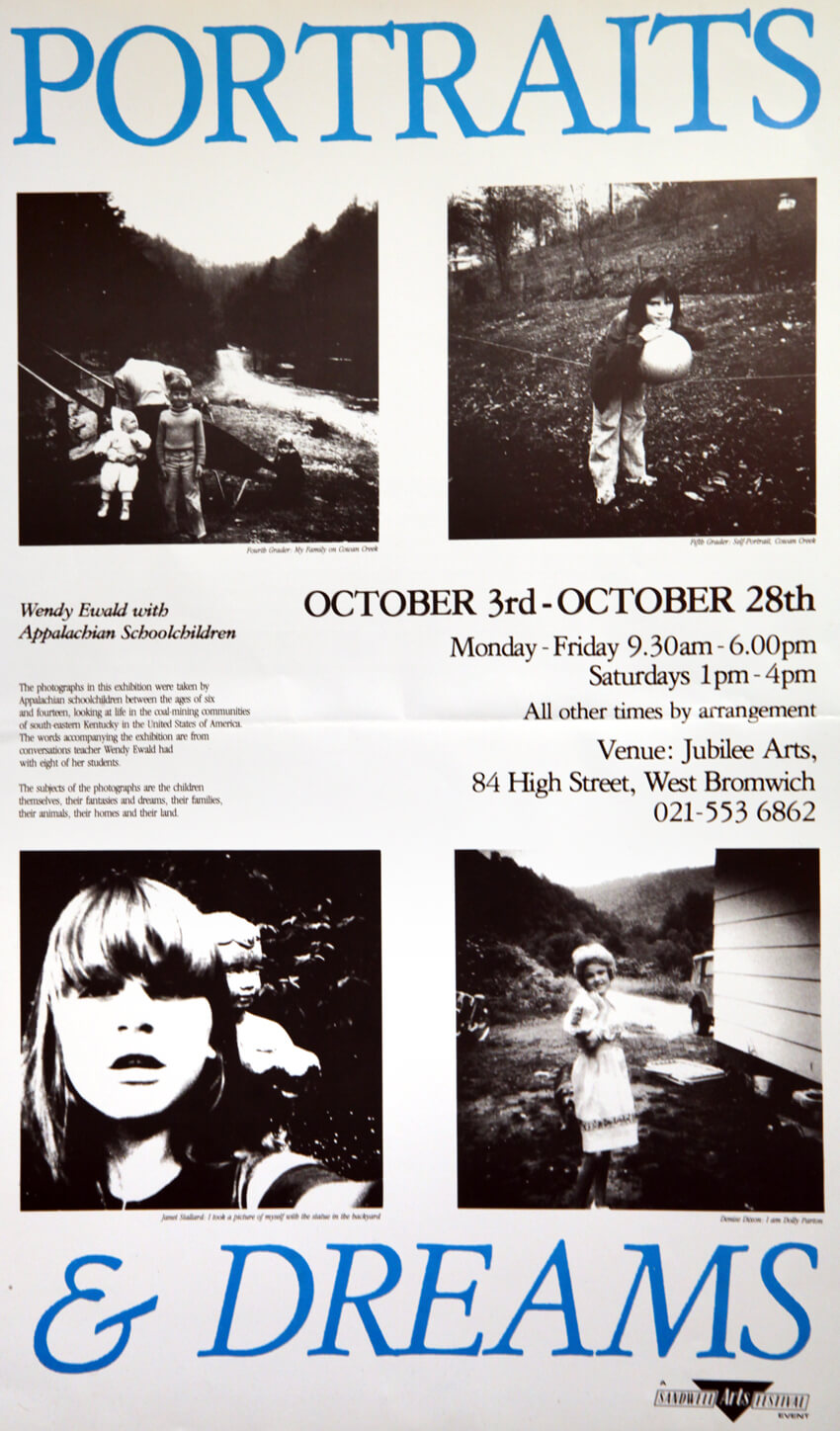
The project was partly inspired by visiting Appalshop in Kentucky – in particular the work of Wendy Ewald, who ran the Mountain Photography Workshop there. (Jubilee Arts had hosted her exhibition ‘Portraits and Dreams: Photographs and Stories by Children of the Appalachians’ thanks to a connection with Side Gallery in Newcastle-upon-Tyne). During the project, monthly meetings were held, where our citizen photographers came together to share their images and stories, make their selection, and decide on the look and feel of the exhibition. They were asked to keep a brief written record of their photos for archival purposes. Clocking in 174 images, the final show was Britain’s largest exhibition at the time, shown in shopping centres as well as gallery spaces. It was a beautifully simple idea.
Only one person turned down the offer of a camera, a woman who worked in a Chinese takeaway next to the Conservative Club in Wednesbury, who said: ‘I never do anything except work here seven days a week.’ She came to the exhibition opening though (at the Council Chambers) and expressed regret she did not participate, after looking at the images of the Pakistani owner of a video hire store in West Bromwich, who most of his photographs from behind the counter in almost the same position.
At editorial sessions, participants were able to decide on sequencing, explanatory text or captions. One participant who came up with the idea of incorporating a fragment of street map in the corners of the mount to identify places in the area where the images were taken. After looking at various options for presentation, participants also demanded that the highest quality in terms of framing and printing.
What was interesting (and a little surprising) was that very few of the people involved had any previous experience of taking photographs. One woman told us, “Oh my husband would never trust me to use the camera.” Also, only a quarter of the participants came to the opening launch at the Civic Centre. When asked why, mostly they replied “Why? It’s down the Queens Square all next month, I’m taking the family to see it there.”
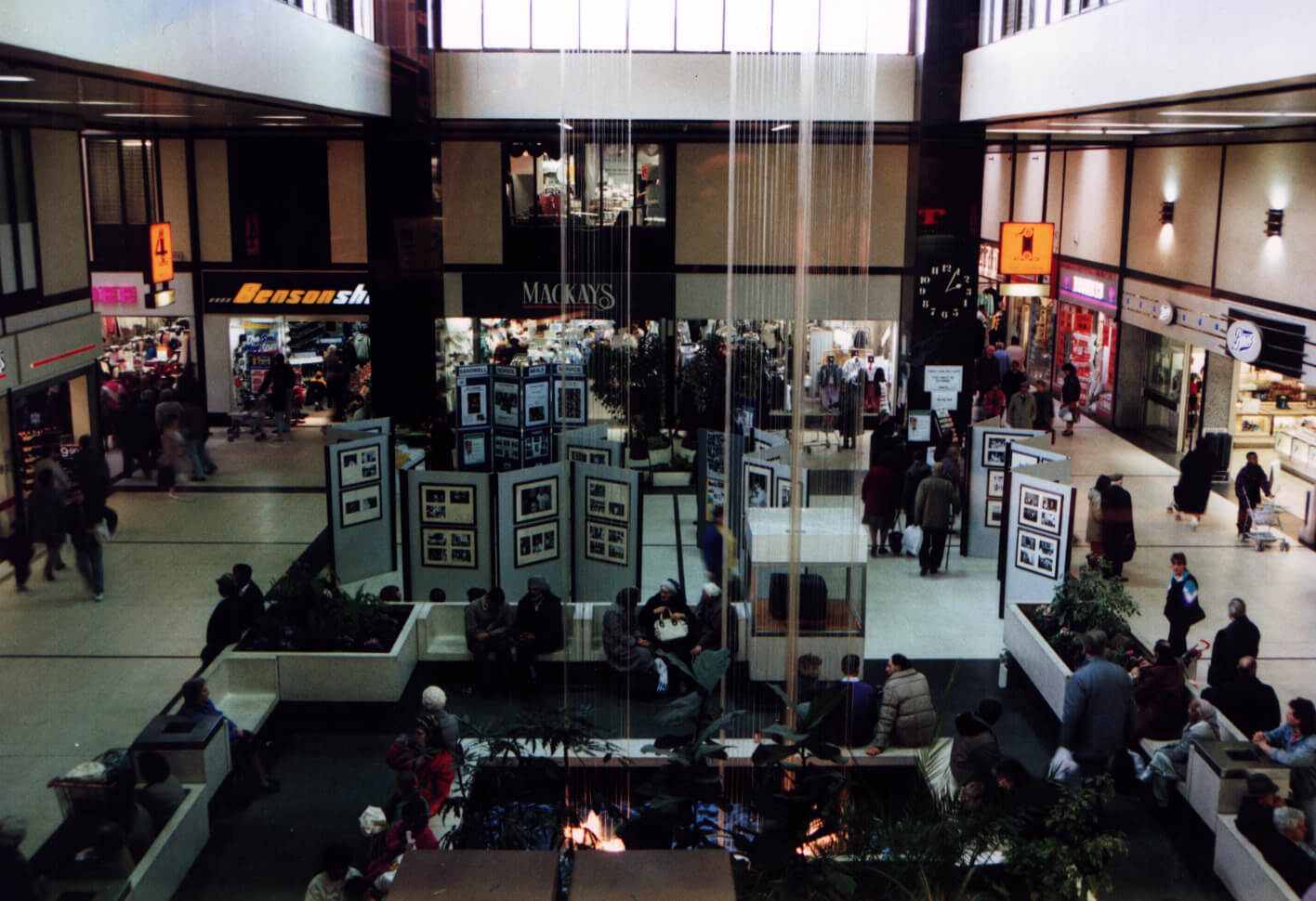
Exhibition on show in Queens Square, West Bromwich 1991
This was one of several projects under the banner of ‘The People’s Portrait’, an antidote to stereotypical representations of local working class people, whose roots were not only in Blackheath, West Bromwich or Smethwick, but also of the Caribbean and the Punjab. The genesis of the idea came from an article in the Sunday Times Colour supplement in 1984 called ‘Black Country Blues: Ghetto Britain’. The journalist described his 48 hours in Sandwell as ‘probably the most depressing story I have ever worked on in my career’. The photographer generally chose to portray people behind bars, whether actual or implied or, at least, those were the images the editor chose to use. Locally, it was infamous for its partial view. Local people did not view things in quite the same way.
The photograph below is from the final exhibition. Phil Kingston and Rob Lane, groundskeepers at the Albion, shared a camera in December and recorded one of the ‘worst weeks in Albion’s history’. The Hawthorns pitch had been completely dug up for only the second time in the club’s history – the last time being 1912. The whole surface was replaced and it was hoped that Albion would be able to play on a pitch worthy of First Division status and return the club to former glory days – they were currently languishing in the Second Division. Towards the year end, luck seemed against them. The drainage pumps broke down during unusually cold and wet weather, causing serious damage to the pitch, making it unplayable. The Baggies were to be beaten at home by two goals to four in the third round of the FA Cup by non-league club Woking, and so manager Bryan Talbot was sacked. By the end of the season Albion were relegated to the third tier of English football for the first time in their history. Ouch!
Near to the opening of the exhibition, as the season was ending, the worried Chair of the Club rang up Jubilee to check which pictures were going to be on show. Could things get any worse? Well, not really.
At a press call for the beginning of this archive project in 2014, Tom Watson, Member of Parliament for West Bromwich East, posed for the newspaper holding this photograph. He had his own unfortunate record with the Baggies; each time he attended a home match the team lost. Perhaps it’s as well he quit the constituency in 2019.
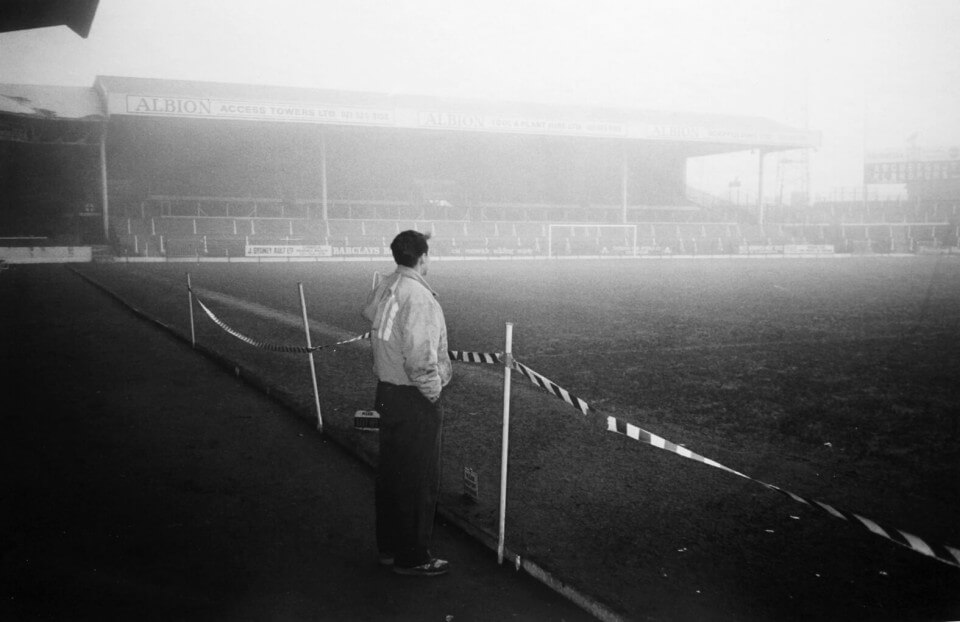
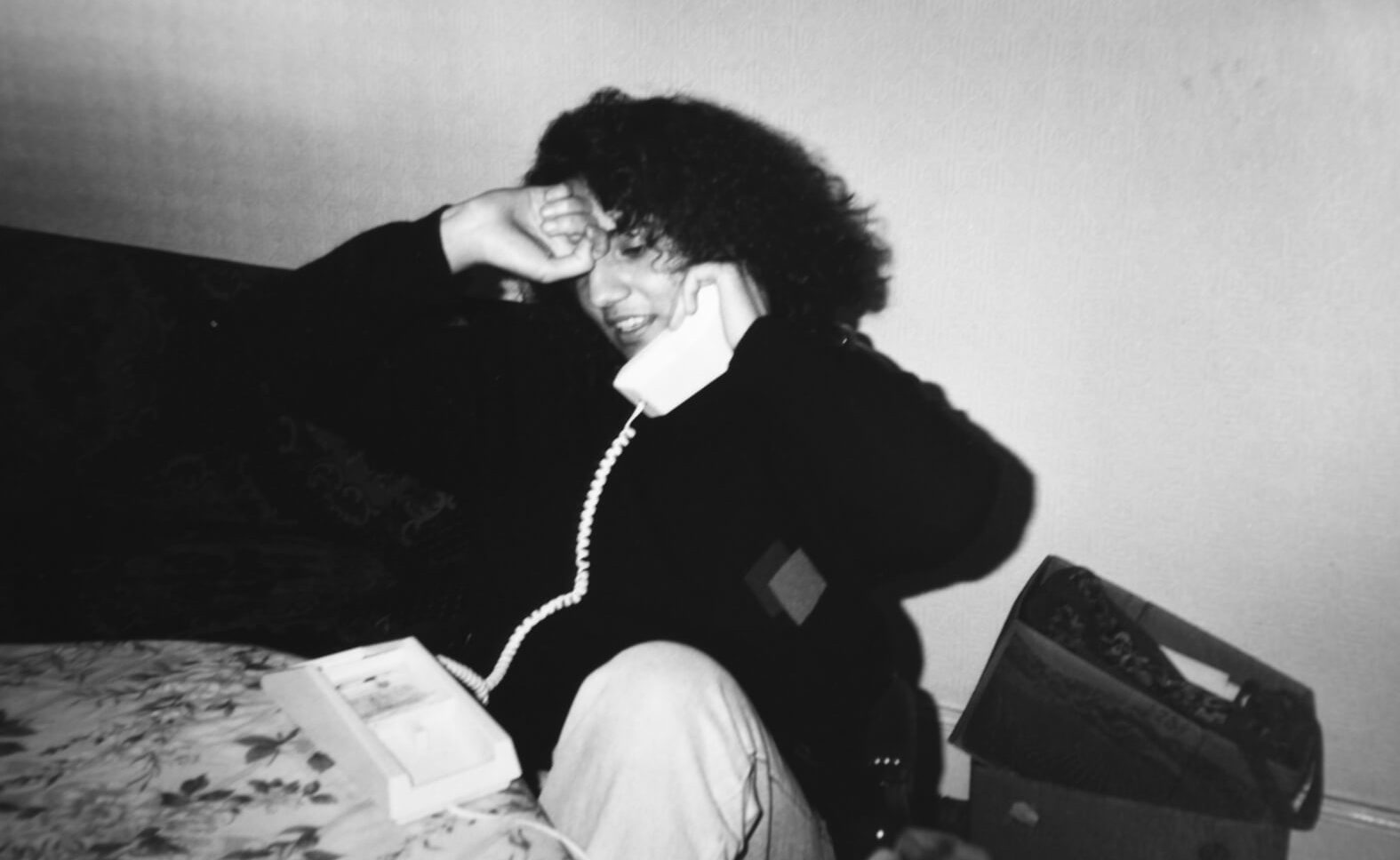
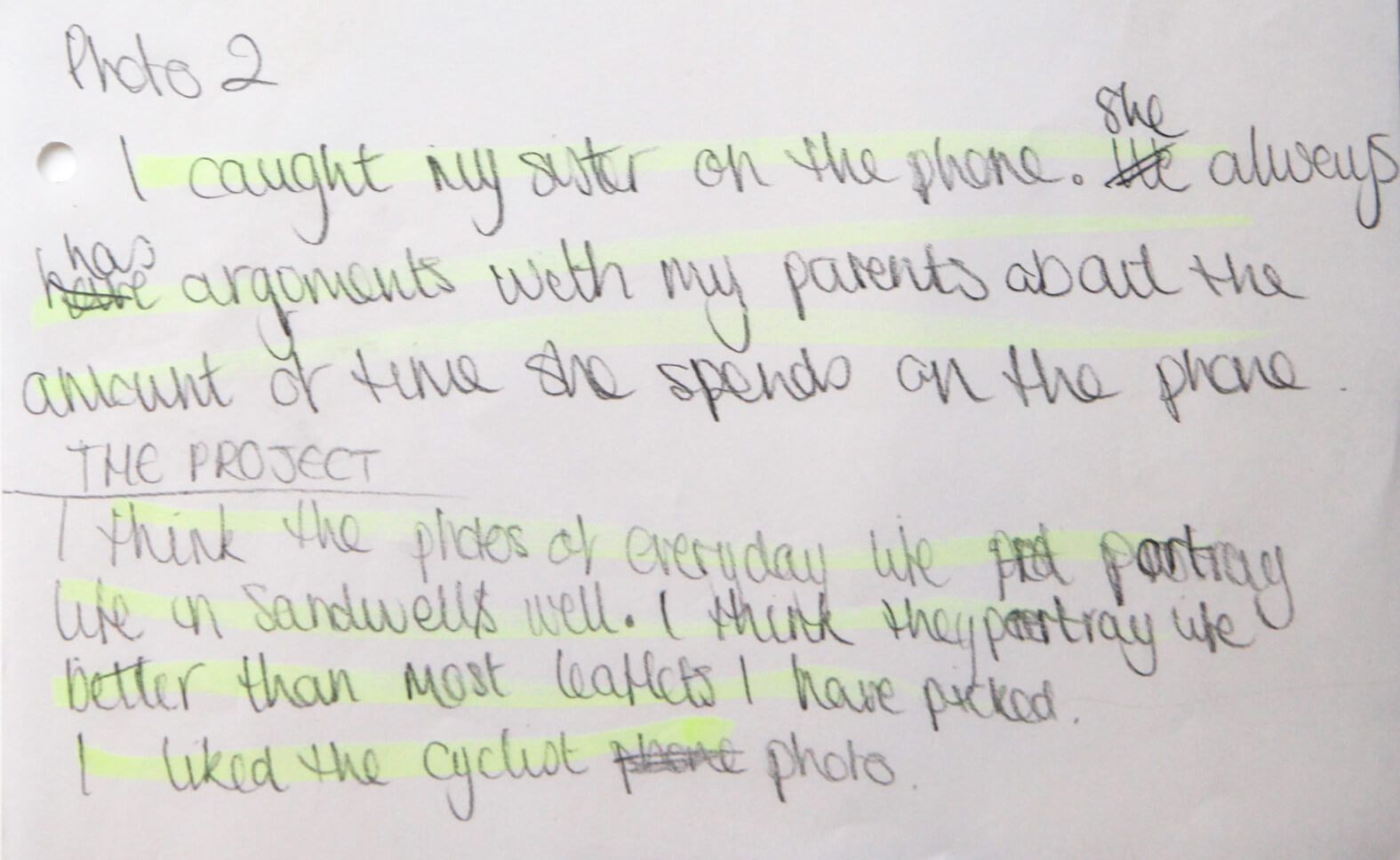
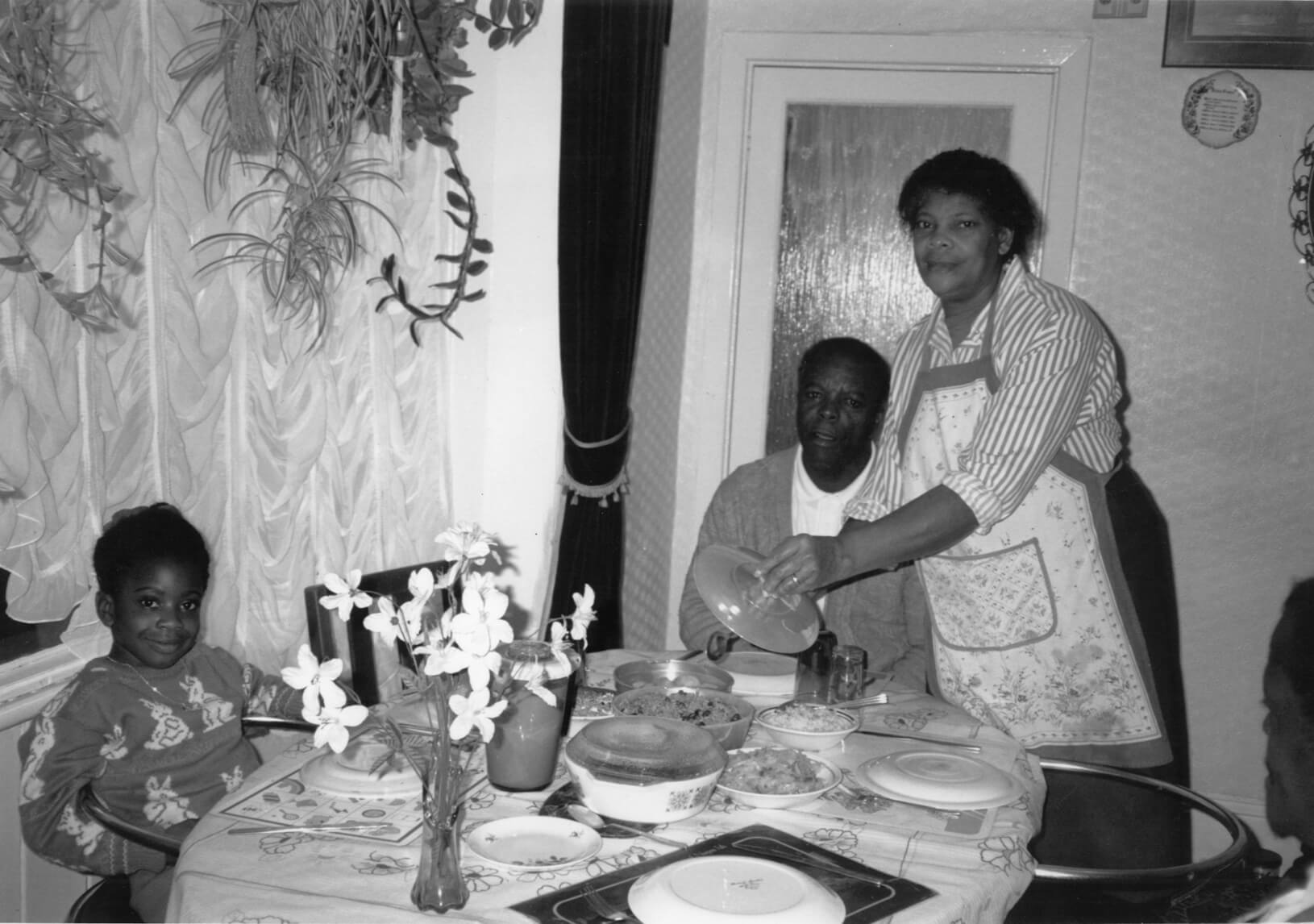
“The photo I have chosen has my family having their Sunday dinner. The photo consists of my Mother, Father and my niece. The food on the table is traditional Jamaican food. There’s rice and peas, chicken, yam, sweet potato and – a very well known drink to my family – carrot juice.”
Michelle Gubbs
“P.S. One of the pictures is spoilt my husband put thumb on the button while taking it out and I can’t remember which one it was.”
“I think the photos of everyday life portray life in Sandwell well. I think they portray life better than most leaflets I have picked up.”
“It was a bad week that week, ’cause the pushchair collapsed! Otherwise I’d have done loads more photos.”
– comments from participants
